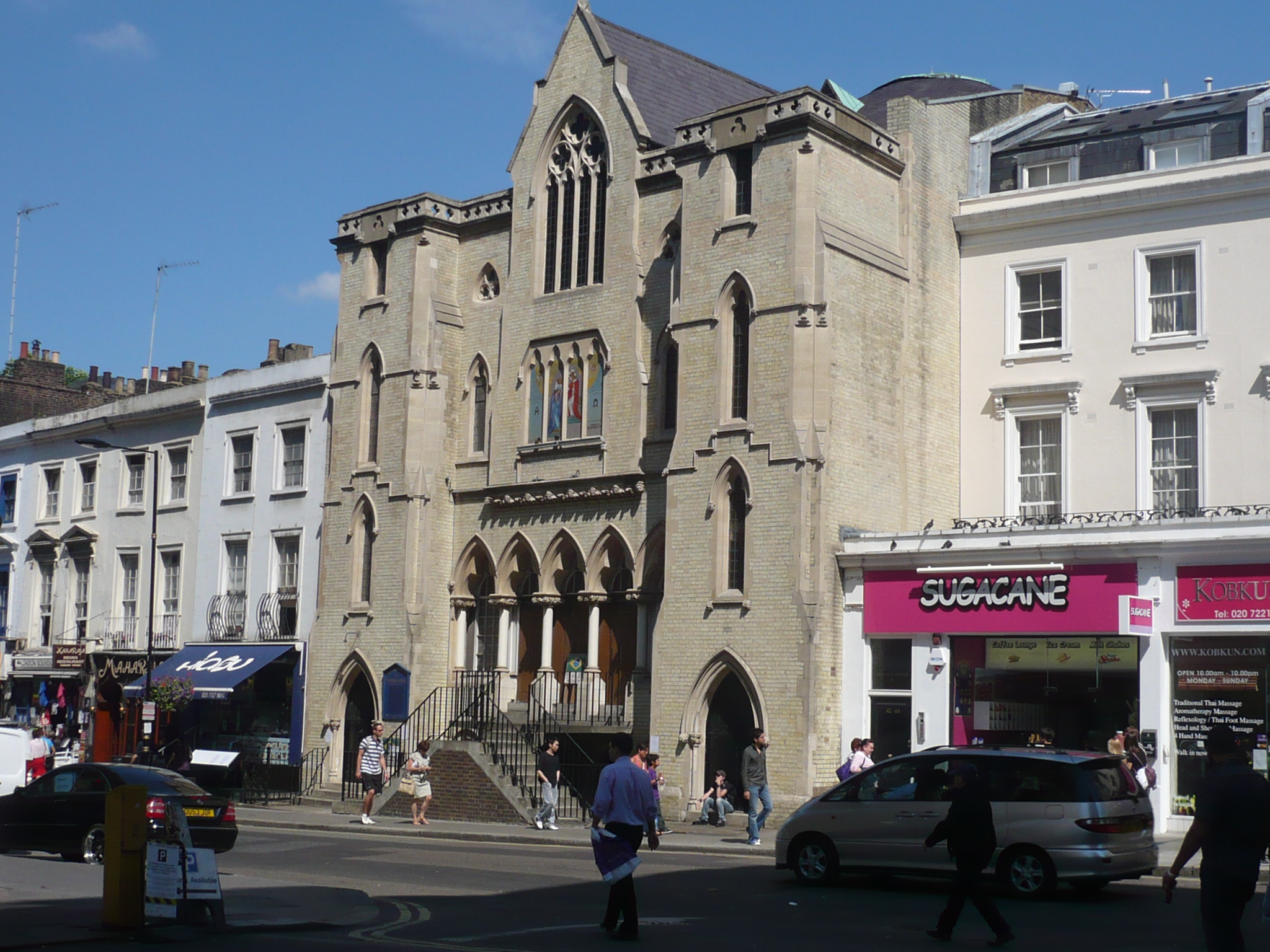Stanton Coit
11 August 1857 - 15 February 1944

Stanton George Coit was born in Columbus, Ohio. He studied at Amherst College, Massachusetts, 1879, and became an aide of Felix Adler (1851-1933) who had founded the Society for Ethical Culture in New York in 1876. He continued his studies at Columbia University, New York, 1881-2, and at the Humboldt University of Berlin, where he obtained his DPh in 1885.
Returning via London in 1885 he was evidently impressed by Toynbee House, which began in Commercial Street, Whitechapel, in 1883/4, with the aim of getting university graduates to undertake social work in deprived areas. On returning to New York he founded the Neighborhood Guild, now known as the University Settlement House, in New York City's Lower East Side. He later (1891) wrote Neighbourhood Guilds: An Instrument of Social Reform.
London must have had a great impression on him since he soon returned, to open a Neighbourhood Guild in Kentish Town, and he remained for the rest of his life (marrying in 1898 and taking British citizenship in 1903). After his naturalisation he joined the Independent Labour Party and stood as a candidate for Wakefield in elections in 1906 and 1910.
In 1888 [some sources imply 1885] he was recommended by Moncure Conway, who was returning to America, to succeed him as minister of the South Place Religious Society, and it was at this time that its name was changed to South Place Ethical Society. He served in this role until 1891/2 when Conway returned.
Coit and F. J. Gould met at a lecture in March 1889 on the Moral Instruction (La Morale La´que) in French Primary Schools. He assisted Gould in setting up an East London Ethical Society in 1890 at a dancing saloon by Mile End Road, which in 1894 moved to a corrugated iron hall in Libra Road, Old Ford.
In 1894 Coit founded his own West London Ethical Society, set up a Moral Instruction League and began a journal The Ethical World. In 1909 the West London group purchased an old Methodist chapel in the Queen's Road, Bayswater, renaming it the Ethical Church. They embellished it with stained glass windows depicting Elizabeth Fry, Bernard Shaw and Saint Joan, and in 1923 a white column dedicated to their Platonic Ideals.
Gould describes him in his 1923 autobiography: "Coit was a fair-haired American from Ohio, and he preached an admirable Humanist gospel in a happy alternation of smiles and hurricanes. At Bayswater, West London, he still flies the Ethical Church flag, and continues to exercise a breezy and hygienic influence on religious and social thought." Ian MacKillop similarly notes: "In youth Coit was red-headed and of fiery temperament, which he retained in later years. He is vividly described in a novel, The Prophet's Wife (1929) by R. O. Prowse, a member of the Ethical Church." [Dictionary of National Biography]
In 1896 Coit and Gould helped to found a Union of Ethical Societies, which was the forerunner of the present British Humanist Association. Coit was editor of the International Journal of Ethics 1893-1905, and compiled The Message of Man: A Book of Ethical Scriptures (1902), an Ethical Hymn Book (1905), Responsive Services (1911), and Social Worship (1913), and wrote translations of Gizycki's works on ethics. He retired as leader of the Ethical Movement in 1935 to be succeeded by Harold Blackham, and spent his last years at Birling Gap, near Eastbourne.
Sources and Links
Ian MacKillop, entry for Coit in: Dictionary of National Biography.Wikipedia
Leicester Secular Society Gould autobiography
Times Online Harold Blackham obituary
Spartacus Schoolnet Toynbee House
Exploring London 1913 Interior of Ethical Church 1913
London 1927 gives address: West London Ethical Church, 46 Queen's Road, Bayswater.
Cambridge University Press The British Ethical Societies I. D. MacKillop 1986.
Conway Hall Gallery bust of Stanton Coit